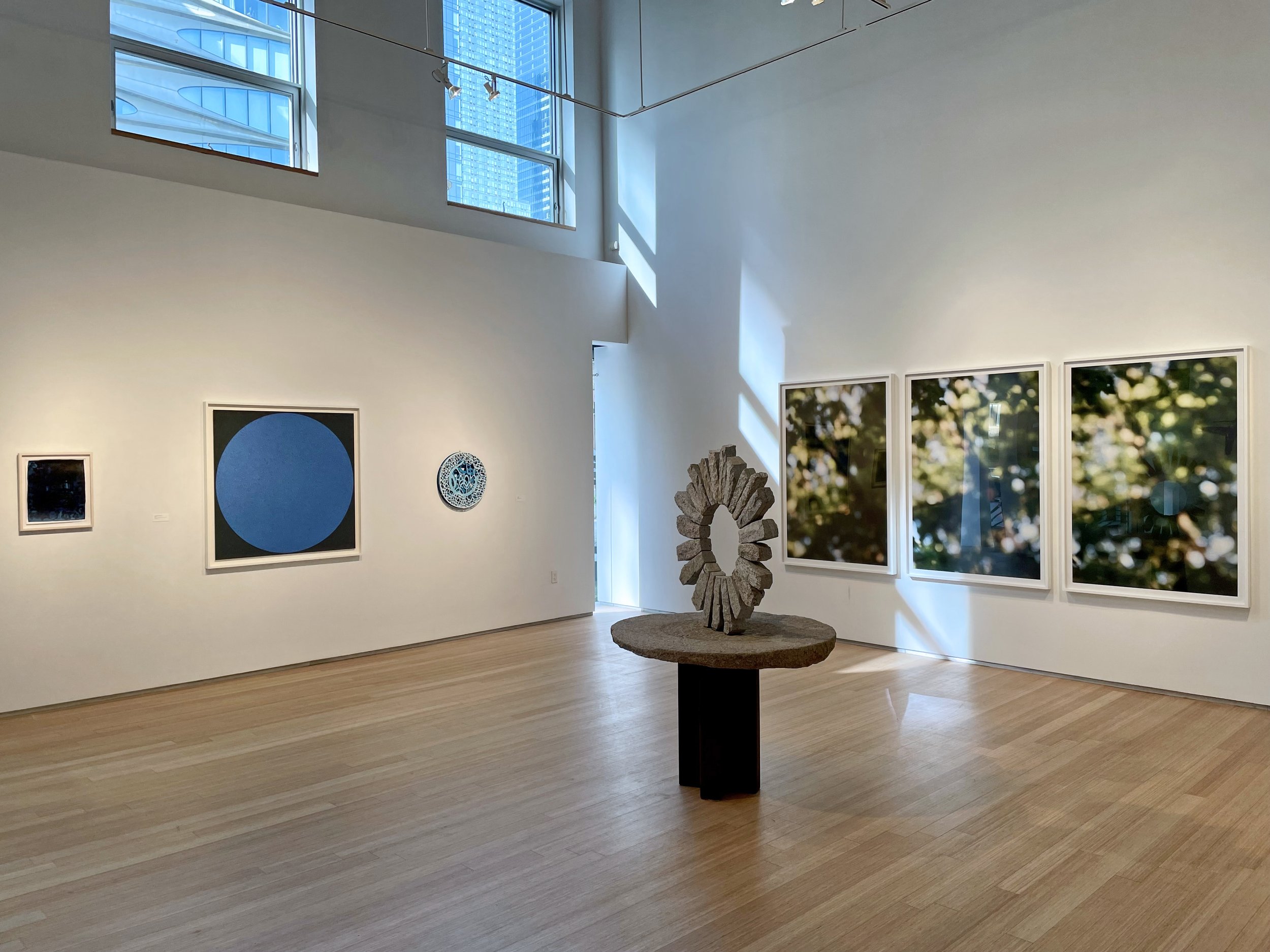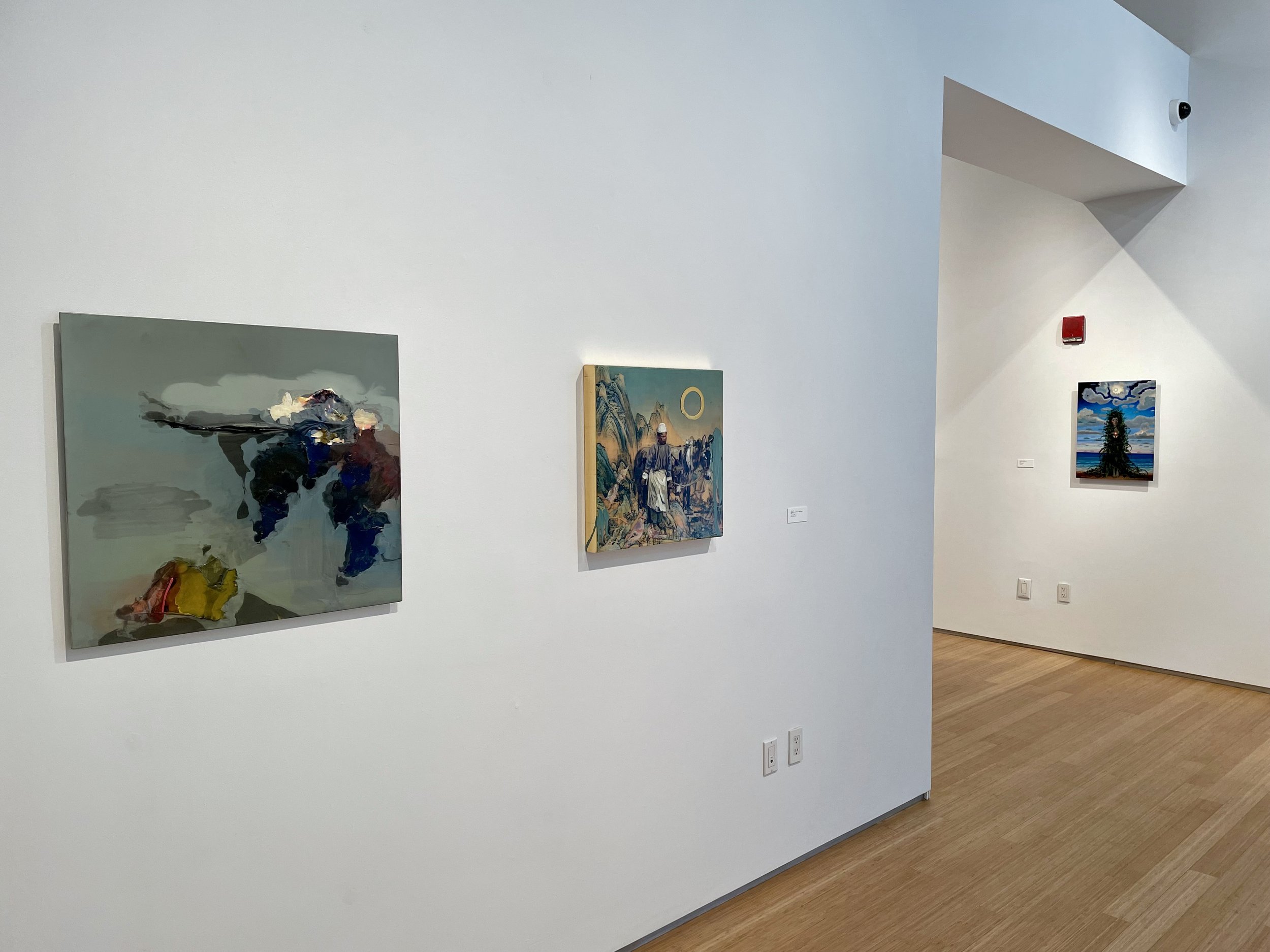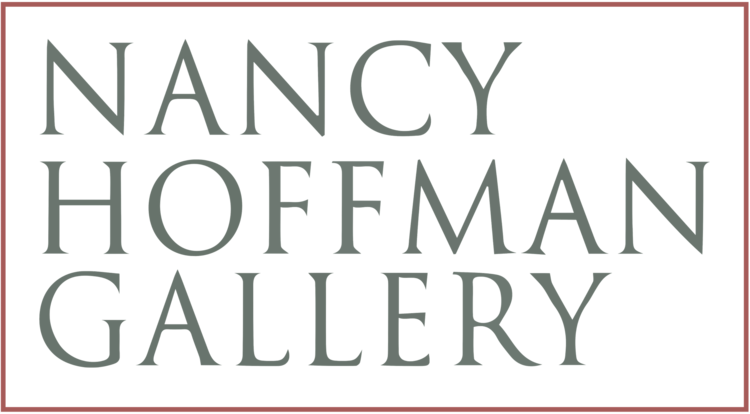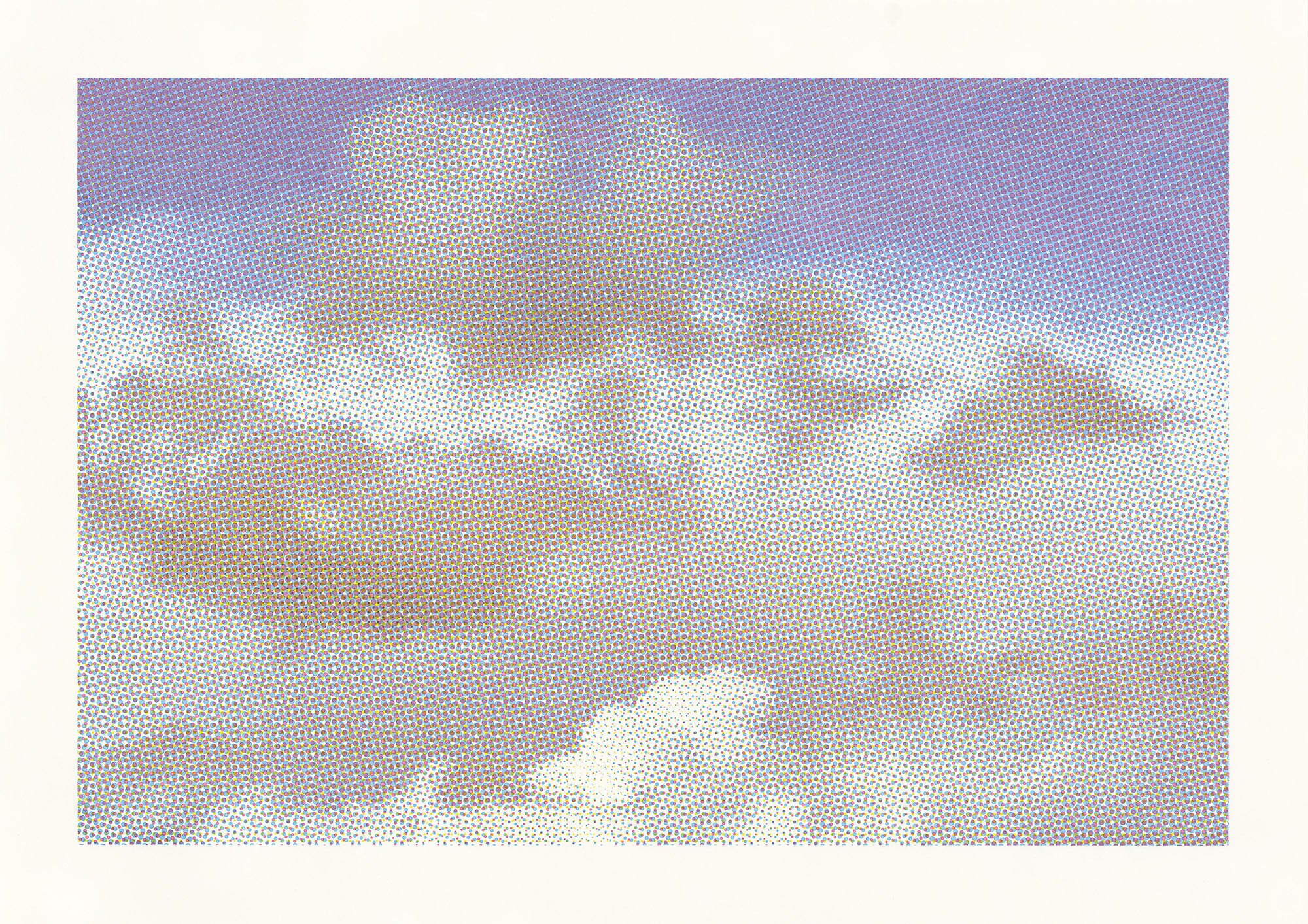CLIMATE NATURE NATURE CLIMATE
CLIMATE, NATURE - NATURE, CLIMATE
CLIMATE NATURE-NATURE CLIMATE is based on the impact of climate change on the earth. Several of the artists created works for the exhibition. Most of the artists have contributed statements on the subject of climate change, and how it has impacted their thinking and their work. The exhibition opens on May 11 and continues through the summer. In addition to the statements, the gallery created a video with important quotes on the subject. Additional information and images are available now.
Even as we write this, the New York Times announced that sixteen youths of Montana have sued the state, “arguing that support of fossil fuels violates its Constitution,” and is having profound negative effects on nature and wildlife in the state. Some gallery artists depict the earth overflowing with abundance, blooming with nature’s gifts. Joseph Raffael offers a perfect example of abundance and lushness in nature. His watercolor Passageway captures a moment of violet light in branches, leaves, a garden, verdant shimmering of untamed nature.
Purdy Eaton’s Georgia has a sky layered in pink, peach and cream, at first appealing, it may suggest the pollution that emanates from the city’s buildings prevents the birds from thriving, decimating much of the wildlife population. The painting has an eerie beauty until one understands its implications. Eaton’s painting Million Dollar Red is another example of how man is intruding into the natural resources of our country. The painting is of a development, a subsection in part of the country that used to be farmland. Each of the houses is identical, same construction, same shape, the only identifying factor differentiating the homes is a color selected by the artist from a color chart: “million dollar red, ol’ blue eyes, snow cone green, margarita, patriot blue.” The grass is labeled with colors, the house is labeled with a color, the sky is labeled with colors. No longer do we perceive the houses or homes as individual unique structures, the grass as springtime or summer green, the sky as “sky blue” or midnight blue. Our perceptions are now assigned by the subsection format removing the pleasures of yesteryear.
Timothy Cummings Night Spirit of the Adriatic Sea, a fantasy and invention of the artist, is a wish for the riches of the earth to remain unscathed. A young lad stands in front of an azure sea under a blue sky filled with idyllic white puff clouds. The lad is dressed in nothing but leaves enveloping him in nature’s bounty, and in his hands is an orb of light suggesting that he may be protecting sun, moon and earth.
Michael Gregory’s Kerning depicts a field of hay ready for harvest, as imagined by the artist, with a few barn buildings, and a sky charged with an ominous cast. A dark cloud hovers over a seemingly tranquil blue sky on the horizon, and spreads its looming shadow over the field. Is this field ready for harvest or is it past its prime and possibility due to the extreme heat that has become part of the summers through the US?
Without the sun, nature cannot survive. Ilan Averbuch’s sculpture of The Sun is a powerful statement in stone of the energy we cannot live without. Jim Sullivan’s leafless tress are what the artist imagines after humans no longer walk this earth. The trees have been deprived of all possible growth potential due to climate change.
Among artists included in the exhibition in addition to the above: Linda Mieko Allen, Joan Bankemper, Rupert Deese, Don Eddy, Nathalia Edenmont, Nicole Phungrasamee Fein, Hung Liu, Carlton Nell, Frank Owen, Jesse Small.






























